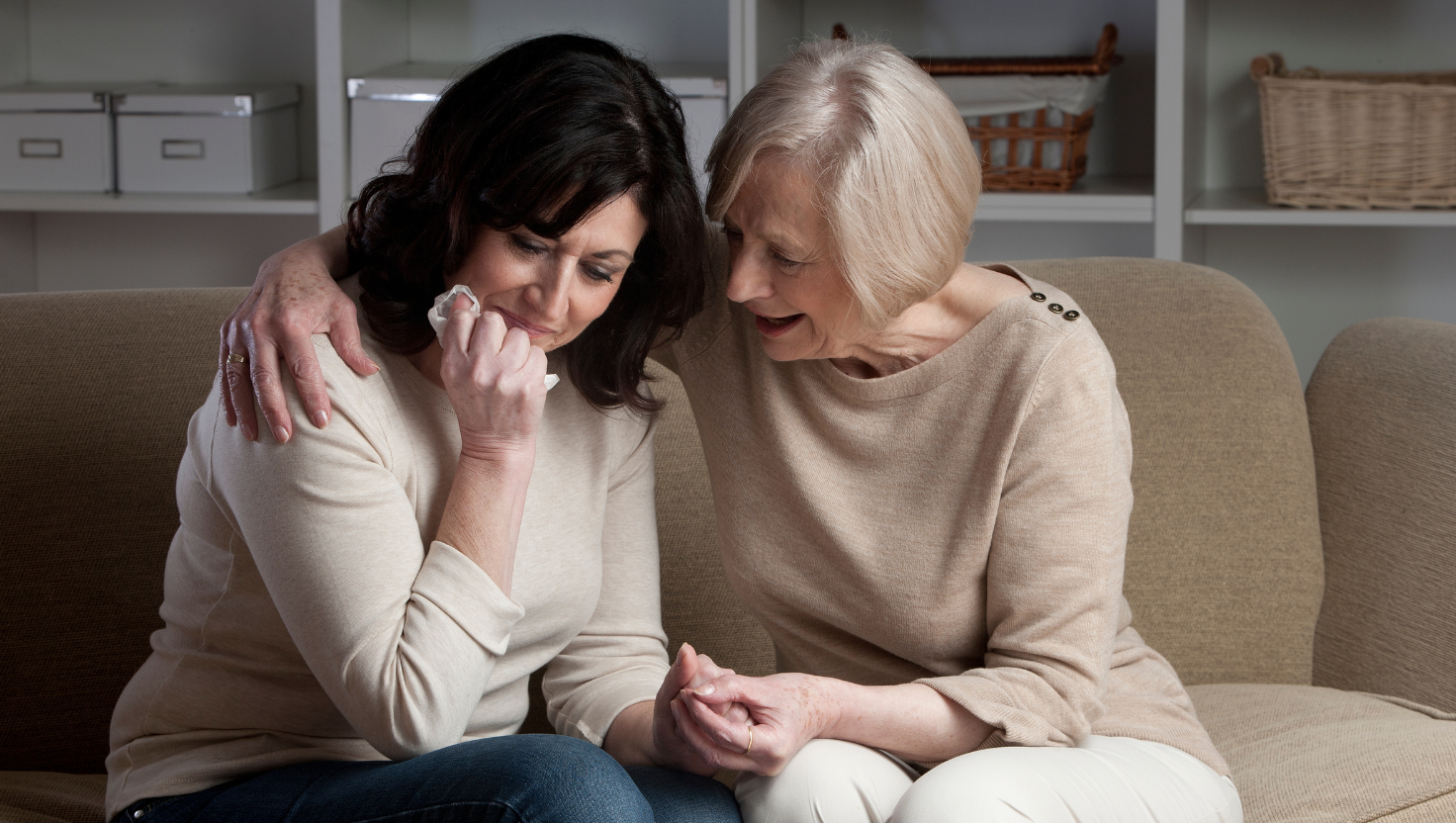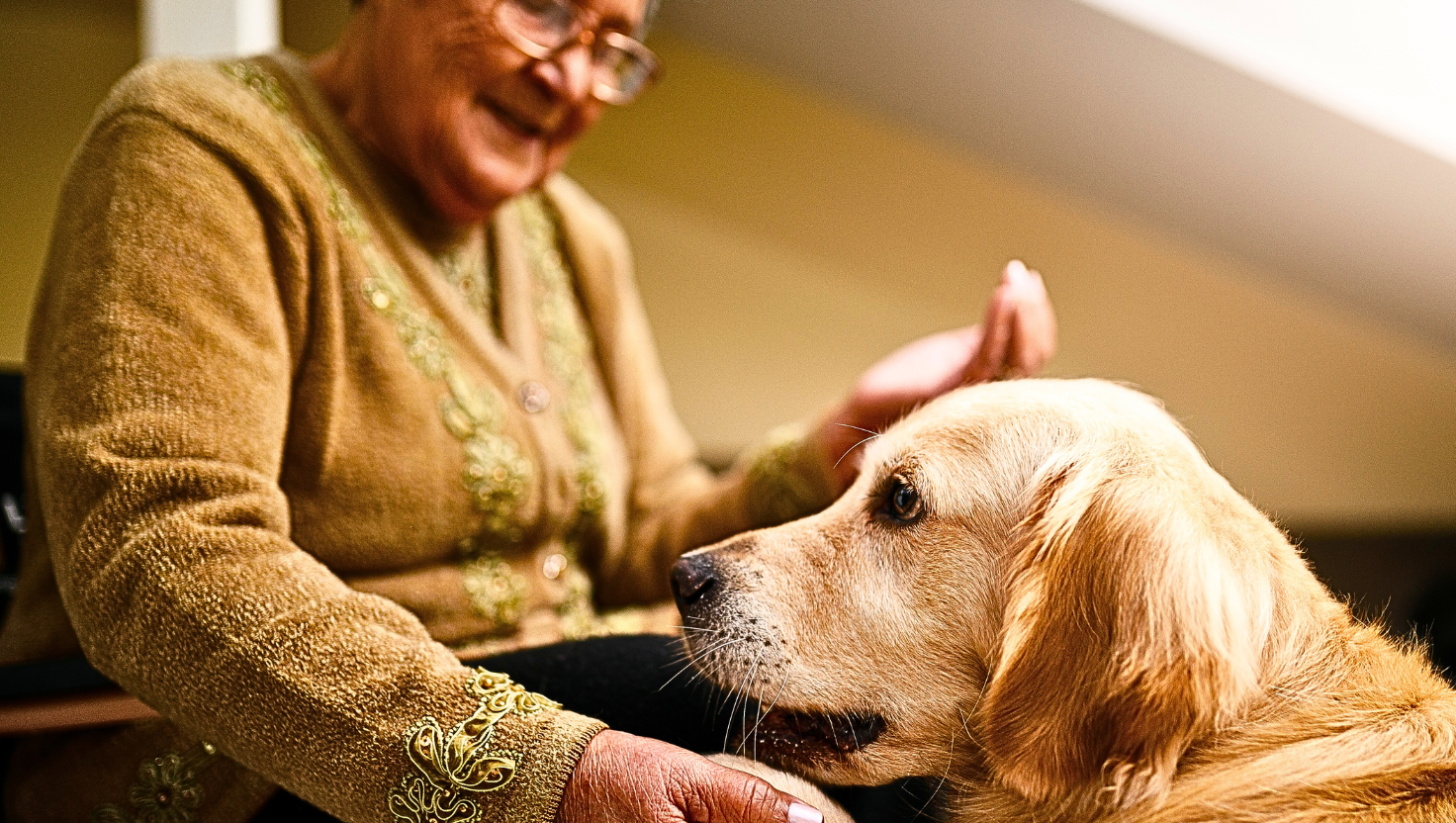Photo Credit: Delphine Beausoleil
Introduction
Taking your dog for walks is one of those activities that you should keep in your diary as a pet owner.
It presents a good opportunity for your furry friend to explore the outside world and get some physical and mental stimulation.
But before you strap your sneakers and take out your dog's leash, there are several things you need to know to make the dog walking experience enjoyable and impressive.
The level of preparation you put up before the walk will certainly have an impact on how well the whole activity will be.
Join us in this post as we unpack how to prepare for a dog walk in a style that makes the experience easy and beneficial for both you and your pup.
Why Walking Your Dog Is Important?
Taking your furry friend out for a walk is good for their overall health and fitness. It improves their quality of life by providing exercises that help in maintaining a healthy weight, strengthening the muscles, and improving the heart health
Walking your dog will also provide mental stimulation and perk up their emotional health. This is the perfect chance for the dog to explore the outside environment while sniffing around and investigating their walkways.

Photo Credit: Gael García
This helps to cut down your dog's stress and anxiety by reducing boredom and channeling their pent-up energy into an important activity.
Guiding your furry friend for a walk is important for you too. It provides the chance to explore fresh air, exercise your muscles, improve cardiovascular health, and cut down your stress levels.
Walking with your pup a few times a week also presents a perfect scene for upscaling your canine companionship, which helps in boosting your overall health.
How To Prepare for A Dog Walk
Furs’n’Paws recommends following these 7 tips:
1. Adopt A Pre-Walk Routine
Having a clear pre-walk routine before stepping out with your furry friend will certainly make all the difference in the activity.
You should ensure that your dog has taken their meals and relaxed to allow for proper digestion to start.
Taking the dog for a walk immediately after eating might cause digestive discomfort and bloating, both of which are dangerous.
We recommend allowing your dog to rest for at least 30 minutes after they have had their meals.
Next up, you can proceed and take your furry friend for their potty break to ensure they leave all the mess behind before stepping out of the house.
This will keep them comfortable during the walk and prevents them from getting distracted or creating messy spots.
Additionally, you should take a brief moment and examine your dog for any injuries, wounds, or sicknesses before embarking on the walk.
Pay close attention to the paws while observing for any signs of limping, discomfort, or licking one area for a long time.
If you suspect that your dog has an injury or suffering from an illness, you should attend to them and speak to a vet for further treatment.
2. Create Enough Time for the Dog Walk
How much time do you spare to take your dog for a walk? The duration that you set for this activity will depend on several factors including the size, age, health, and activity level of the pooch.
A healthy young dog can manage between 10 and 30 minutes while their adult counterparts can go for up to 2 hours or more of daily walks.
Dogs with high energy levels might require several walking sessions per day to help in burning excess energy.
However, if your pooch is suffering from chronic conditions such as diabetes, you will need to keep the sessions brief and provide intermittent breaks for them to relax.
You can inquire from your vet for more information about your dog's breed, capabilities, and other factors to consider when deciding their optimum walking duration.
3. Choose between mornings or evenings
It is best if you choose between early mornings before sunrise or late evenings at sunset for walking your dog.
This is to avoid the scorching midday sun (especially during summer) which may predispose your walking buddy to overheat.
Too much heat makes dogs unable to regulate their body temperature and further predisposes them to heatstroke which can cause canine epilepsy and organ damage in severe cases.
By going for a morning or evening leisurely walk, you will take advantage of the cooler temperatures which are good for the body and much easier to tolerate.
4. Choose a Favorable Route for Walking with Dogs
Find a route that is safe for both you and your canine companion to walk in. This could be a round path in your neighborhood, a street leading to a park, or a pet-friendly pedestrian lane along the main road.
We recommend that you avoid busy roads with rush-hour traffic, lots of human activities, and potential hazards like oncoming cars.

Photo Credits: Pixabay
For a young energetic pup, you can choose a hilly topography to give them a hyped-up walking experience.
But, if your pup has limited mobility, you should choose a flat terrain that is more favorable for them to travel through.
Furthermore, you should consider familiarizing yourself with the local regulations concerning walking with pets.
Some states have passed legislation concerning how people should walk with pets, how to restrain them, and the areas that are prohibited for them. You wouldn't want to be caught on the wrong side of the law.
5. Vary your routes
Juggling between different directions each day can provide your dog with diverse ways of interacting with nature and getting social.
You can consider varying routes such as pedestrian paths, neighborhood avenues, parks, hills, trails, and sometimes a stroll in the woods.
This will give them the desire to look up to the next walking experience to discover what's in store for them.
If you use the same path every other day, your dog may end up 'owning up' the route and becoming territorial. This will lead to behavioral issues, leash reactivity, and aggression toward other road users.
6. Restrain your dog
Restraining your dog allows you to take control of them during the walk. It's preferable to use a short leash to steer your dog along busy pedestrian lanes or sidewalks.
A retractable leash is good when strolling the park with your canine buddy since it allows them to get into the wild to sniff and explore, while still giving you total control over them.
You should always choose accessories that are fitting for your dog's size and breed. A non-fitting harness may be uncomfortable for your dog and easy for them to escape which can be dangerous.
7. Put your dog supplies together
Always remember to bring along your dog's supplies during the walk. The types and number of things you get for them will depend on their size, condition, and duration of the walk.
Essentials
Treats
Carry along some dog treats to help in training and motivate your pooch during the walk. Dog treats will also help to calm them down during stressful conditions encountered in the field.
Clean drinking water
Pack a bottle of clean drinking water to cool your dog when walking under the hot sun. This will also help to keep them hydrated and geared to complete the walk.
Dog poop bags
Responsible pet parenting means taking care of our furry friend while minding others and the environment.
Always carry some dog waste bags during the walk to ensure you clean up your dog's messes and dispose of them properly in clearly labeled pits.
Raw dog waste is hazardous to the public because it contains harmful pathogens such as Escherichia coli, Yersinia, and Campylobacter which poses risk to public health.
Protective gear
Dog sunhat
When walking a dog in the hot weather, they will get exposed to UV rays which can cause sunburns and skin damage from continual exposure.
You will need to invest in a good sun hat to protect your dog's eyes and prevent the likelihood of overheating.
Dog boots
Harm your pooch with boots when planning for a walk on unfavorable terrain. This includes hot sidewalks, rough grounds, or snowy paths.
These boots also help your dog's feet to grip slippery surfaces such as wet rocks and maintain their balance when walking.

Photo Credits: Brian Jones
During extreme weather conditions like heavy rains, you can reschedule the activity to another day.
Make use of forecast tools like Google Weather to predict how the conditions will be when planning for a dog walk.
Reflective accessories
Reflective harnesses, vests, collars, and leashes are good protective accessories to have on your dog when walking with them in low light.
They reduce the risk of accidents by keeping your dog visible to drivers and other pedestrians.
When walking in an extremely dark environment you can opt for flashing accessories that light up to improve the visibility of your dog.
Reward Your Dog After the Walk
After getting back home from the walk, don't leave your dog to get in and settle without appreciating their time and efforts.
You should first groom them by brushing off the dirt collected while outdoors then clean their paws using a clean wet cloth.
You can then proceed to give them a special treat or a favorite toy to play with. Make sure to stay close by, praise them, and give them attention.
Trust me, your dog will look forward to the next day to step out with you for a walk.
Conclusion
One of the most important considerations in preparing for a dog walk is to consider the safety for both you and your furry friend.
Proper preparations will help you in avoiding any potential hazard while gearing you for a fun and remarkable experience.
Remember to choose a path with minimal activities to allow your dog to enjoy the walk and avoid confrontation with many people and other pets.
Laura is a passionate animal lover and a pet expert with more than 20 years of experience working with dogs and cats. She runs a pet blog at FursnPaws.com.
Her love for animals motivated her to start her own pet sitting and pet photography business a few years ago and now spends most of her days caring for pets.






